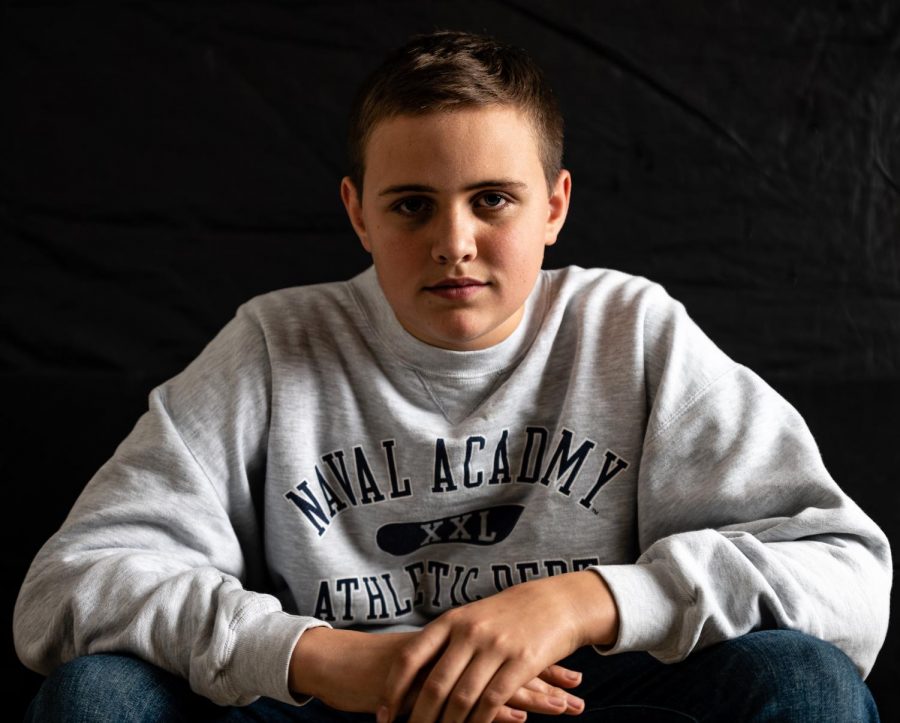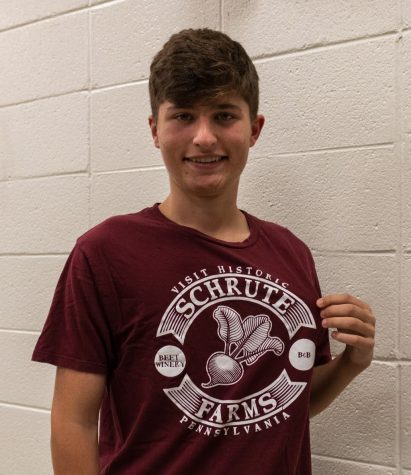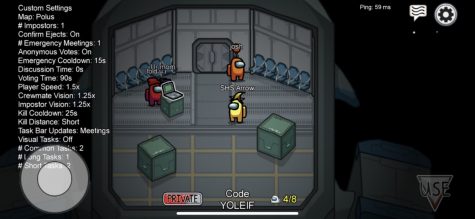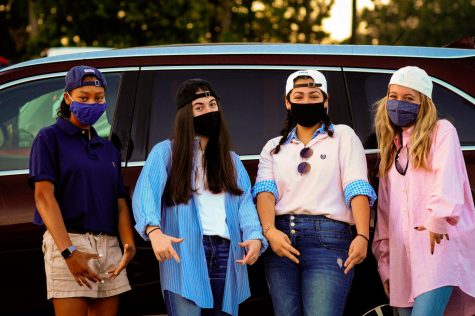The Faces in the Hallway: Eli Cavin
Above the clouds flies freshman Eli Cavin, behind the controls of his usual plane, a Grumman American AA-5, which is a 4-person airplane with a plexiglass canopy overhead. The plane has a wingspan of 31 feet, a length of 22 feet, and a height of 8 feet. Even after flying other planes such as the 1946 Ecroupe, a Grumman American AA-5 is Cavin’s go-to plane. “It’s an amazing trainer plane.”
“When I was five years old, I saw a jet fly over me, and that was the moment I knew I wanted to fly,” Cavin said.
Cavin has a private instructor at the Pickens County Airport; however, he has had fewer lessons due to Covid-19. Currently he flies with his trainer, not on his own. Students must have a certain number of hours in order to be allowed to fly solo.
“I started flying when I was twelve. Now that I am fifteen, I have flown the required number of hours to fly on my own,” Cavin said.
Students who want to become pilots have to get an instructor and have a minimum of 45 hours of practice. After they complete their required time, students are able to fly by themselves for 10 to 15 hours every year. The more experience someone has, the more time they can get to fly solo.
Each lesson costs money – based solely on how many hours he flies. He typically flies one and a half hours per lesson in order to keep the price lower.
“The price that we pay for my private lessons is 165 dollars per hour; that’s just to be able rent the plane, and my instructor gets paid 45 dollars an hour,” Cavin said.
Cavin is using these lessons as a starting point for his future career goals.
“I want to be a navy fighter pilot when I’m older,” Cavin said. “My goal is to go to the naval academy.”
The US Naval Academy’s website states, “The Naval Academy prepares young men and women to become professional officers in the U.S. Navy and Marine Corps. Students attend the academy for four years, graduating with Bachelor of Science degrees and commissions as ensigns in the Navy or second lieutenants in the Marine Corps. Naval Academy graduates serve at least five years in the Navy or Marine Corps.”
By the time Cavin is seventeen, the youngest allowed to enroll, he would be further along than some of his peers due to his five years of practice prior to his enrollment.
“Flying has always put me at ease since I was 12 years old, it has helped me calm down and my problems seem to go away. It is almost like a stress reliever, which I am very thankful that I have found something I enjoy with my whole heart and want to pursue as a future job,” Cavin said.







